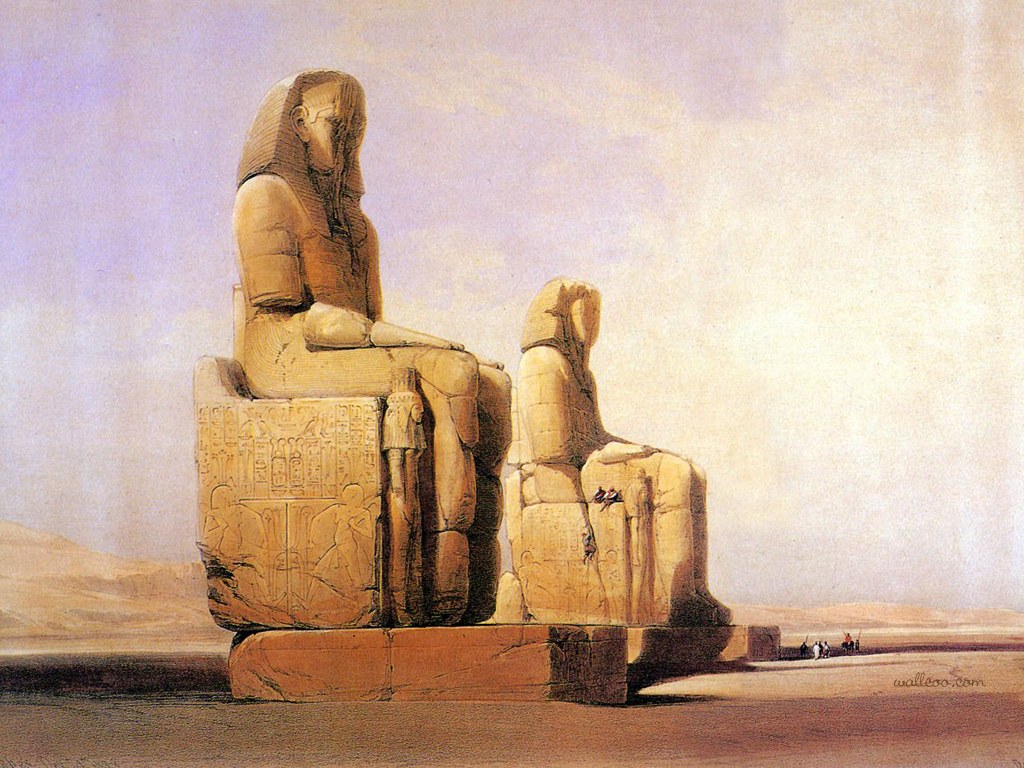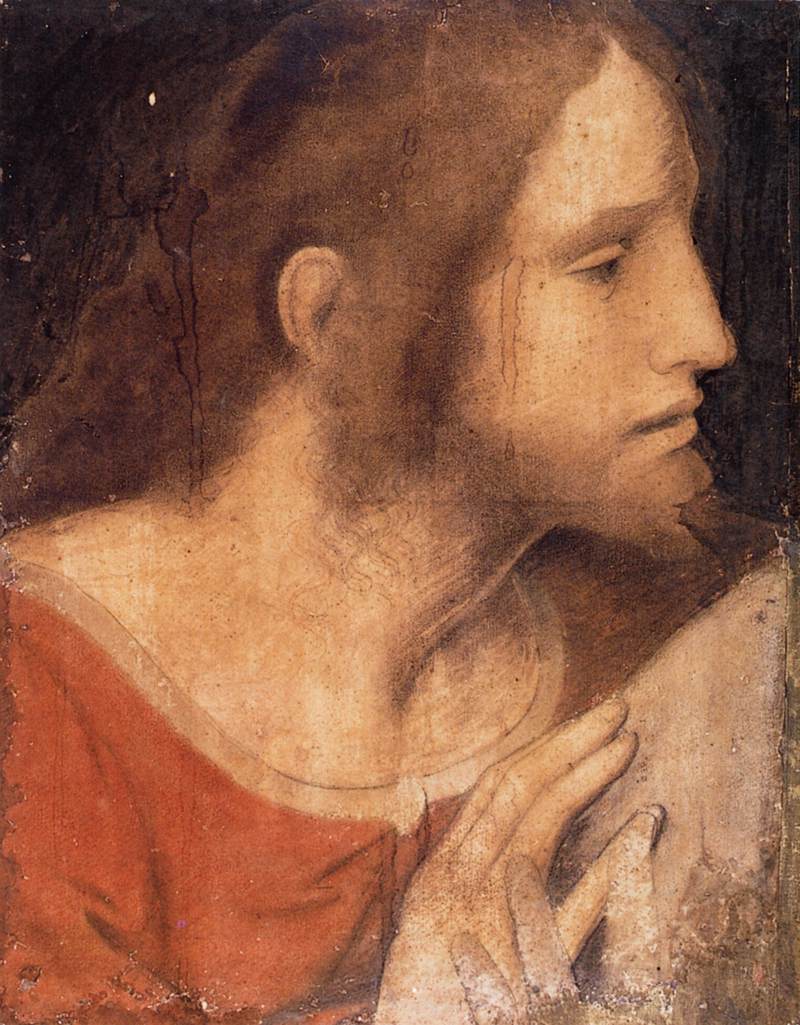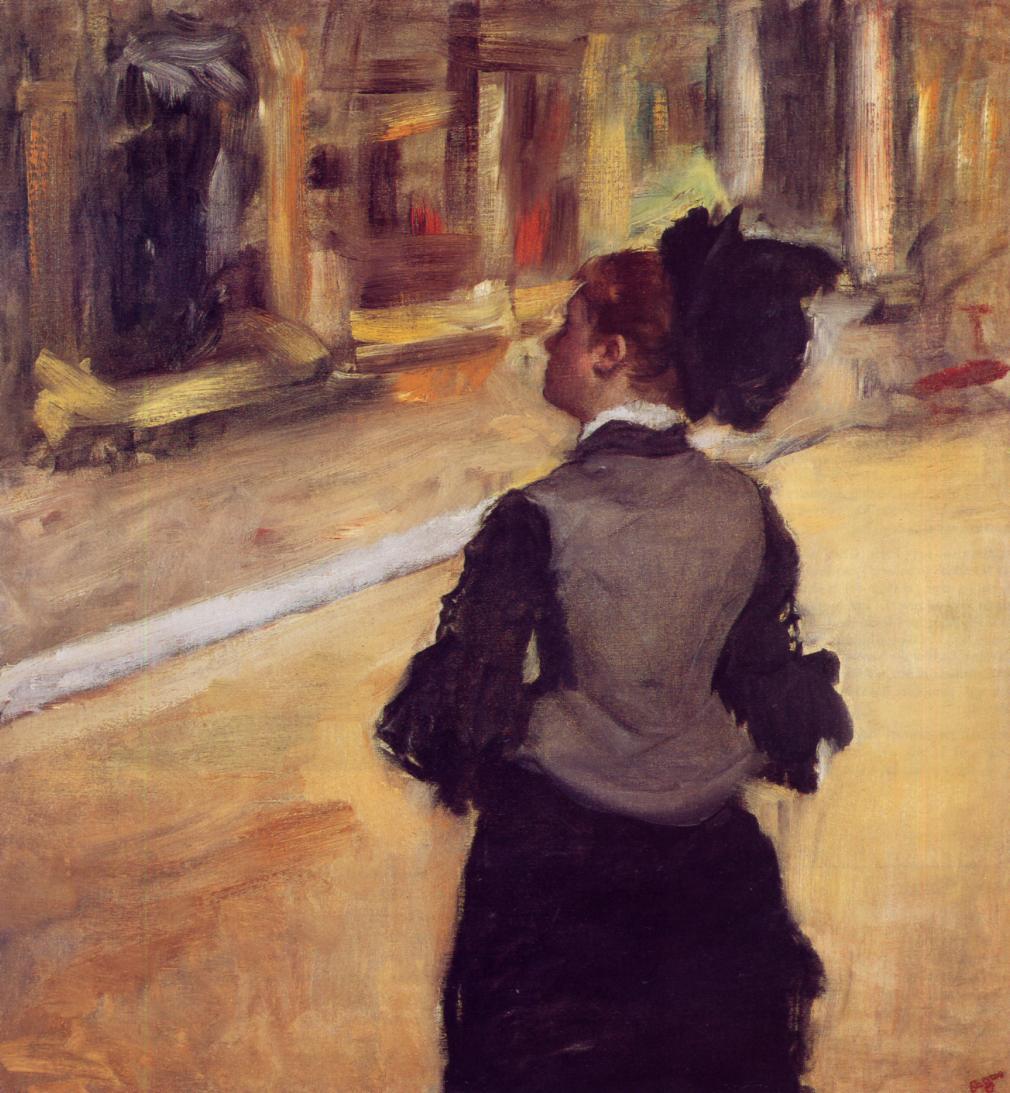Jacobus Ferdinandus Saey or Jacob Ferdinand Saeys (1658 - after 1726) was a Flemish painter who specialized in architectural paintings depicting gallant companies amidst imaginary Renaissance and Baroque palaces and buildings. After starting his career in Flanders, he moved to Vienna, where he stayed for the rest of his life.
↧
Jacob Ferdinand Saeys | Architectural Fantasies painter
↧
Helmut Leherb | Surrealist / Fantastic Realism painter and sculptor
- 1933 Born as Helmut Leherbauer in Vienna. 1948-1954 studied at the University of Applied Arts Vienna and at the Academy of Arts in Stockholm.
- In 1955 he married Lotte Prohohs and moved to Vienna and studied at the Academy of Fine Arts in the class of Albert Paris Gütersloh.
- He joined a group of artists who later became known as the Vienna School of Fantastic Realism.
- 1959 exhibited jointly with Rudolf Hausner, Wolfgang Hutter and Anton Lehmden in the Upper Belvedere.
↧
↧
Bartholomeus Spranger | Mannerist painter
Bartholomaeus Spranger, also spelled Bartholomeus Sprangers, or Sprangerson (March 21, 1546, Antwerp, Hapsburg Netherlands-August 1611, Prague), Antwerp painter noted for his paintings of nudes executed in the late Mannerist style. In his efforts to develop a Northern artistic canon of the human figure, Spranger employed mannered poses, slender, elongated bodies, and a gleaming, brittle texture in his work. The figures smile invitingly, and the influence of Parmigianino and Correggio is evident in their voluptuous contours.
↧
Paolo Veronese | Late Renaissance Mannerist painter
Paolo Veronese, byname of Paolo Caliari (born 1528, Verona, Republic of Venice [Italy]-died April 9, 1588, Venice), one of the major painters of the 16th-century Venetian school. His works usually are huge, vastly peopled canvases depicting allegorical, biblical, or historical subjects in splendid colour and set in a framework of classicizing Renaissance architecture. A master of the use of colour, he also excelled at illusionary compositions that extend the eye beyond the actual confines of the room.
↧
Paolo Veronese | Late Renaissance Mannerist painter | Part 2
Paolo Caliari, known as Paolo Veronese (1528-1588) was an Italian Renaissance painter based in Venice, most famous for large history paintings of both religious and mythological subjects. With Titian, who was at least a generation older, and Tintoretto, ten years older, he was one of the "great trio that dominated Venetian painting of the cinquecento" or 16th-century late Renaissance. Veronese is known as a supreme colorist, and after an early period with Mannerist influence turned to a more naturalist style influenced by Titian.
This is part 2 of 3-part post on the works of Paolo Veronese.
For biographical notes -in english and italian- and other works by Veronese see:
- Paolo Veronese | Late Renaissance Mannerist painter.
- Paolo Veronese | Late Renaissance Mannerist painter | Part 3.
↧
↧
Paolo Veronese | Late Renaissance Mannerist painter | Part 3
Paolo Veronese (1528-1588) is known as a supreme colorist, and for his illusionistic decorations in both fresco and oil. His most famous works are elaborate narrative cycles, executed in a dramatic and colorful Mannerist style, full of majestic architectural settings and glittering pageantry.
This is part 3 of 3-part post on the works of Paolo Veronese.
For biographical notes -in english and italian- and other works by Veronese see:
- Paolo Veronese | Late Renaissance Mannerist painter.
- Paolo Veronese | Late Renaissance Mannerist painter | Part 2.
↧
Karl Briullov | The Last Day of Pompeii, 1830-33
Briullov visited the site of Pompeii in 1828, making numerous sketches depicting the 79 CE Vesuvius eruption. The completed canvas was exhibited in Rome to rapturous reviews of critics and thereafter transported to Paris to be displayed in the Louvre. The first Russian artwork to cause such an interest abroad, it gave birth to an anthologic poem by Alexander Pushkin, and inspired the hugely successful novel The Last Days of Pompeii by Edward Bulwer-Lytton, who saw it in Rome. Another British author, Sir Walter Scott declared that it was not an ordinary painting but an epic in colours.
↧
Correggio | High Renaissance Mannerism painter
Correggio, byname of Antonio Allegri (born August 1494, Correggio [now in Emilia-Romagna, Italy]-died March 5, 1534, Correggio), most important Renaissance painter of the school of Parma, whose late works influenced the style of many Baroque and Rococo artists. His first important works are the convent ceiling of San Paolo (c. 1519), Parma, depicting allegories on humanist themes, and the frescoes in San Giovanni Evangelista, Parma (1520-23), and the cathedral of Parma (1526-30). The Mystic Marriage of St. Catherine (c. 1526) is among the finest of his poetic late oil paintings.
↧
Jinnie May | Abstract Watercolour painter
Jinnie May has always had an appreciation for art, but it wasn’t until she retired in 2000 that she began to seriously pursue art. Currently Jinnie is interested in the use of watercolor for its spontaneity, portability and indecisiveness. Her initial inspiration comes from studying California Watercolor artists from the 1940’s and 50’s, who painted genre paintings on large paper using big brushes and bold colors.
↧
↧
List of 15th century Artists and artistic movements definition | Sitemap
↧
Giorgione | Judith, 1504 | Russian Hermitage Museum
- Author: Giorgione
- Origin: Italy, 1504
- Personage: Judith
- Style: Renaissance
- Source of entry: Collection of baron L.A. Crozat de Tierra, Paris, 1772
- School: Venetian
- Location: Hermitage, Saint Petersburg
- Theme: The Bible and Christianity
Painting, Oil on canvas, 144x68 cm
↧
List of 16th century Artists and artistic movements definition | Sitemap
List of 16th century Artists and artistic movements definition
↧
David Roberts RA | Romantic Orientalist painter
Artist David Roberts and Near Eastern Archaeology
by Dr. Patrick Hunt
Scottish artist David Roberts (1796-1864) was instrumental in helping to stimulate a growing fascination with the Near East by Europeans, especially within British society where biblical accounts of the rise and fall of empires were familiar, as much intellectual fare as anything else and staple bread and butter for religious imagination. The Romantic Movement’s eschewing of Enlightenment ideals turned instead to exotic themes and ruins, also replacing Neoclassicism with Orientalism.
↧
↧
Edgar Degas | Realist/Impressionist painter | Drawing
Edgar Degas, born Hilaire-Germain-Edgar De Gas (19 July 1834 – 27 September 1917) was a French artist famous for his paintings, sculptures, prints and drawings. He is especially identified with the subject of dance; more than half of his works depict dancers. He is regarded as one of the founders of Impressionism, although he rejected the term, preferring to be called a realist.
For biographical notes -in english and italian- and other works by Degas see Edgar Degas | Realist/Impressionist painter and sculptor.
↧
Edgar Degas | Landscapes
Edgar Degas (1834-1917) was a French artist famous for his paintings, sculptures, prints and drawings.
For biographical notes -in english and italian- and other works by Degas see Edgar Degas | Realist/Impressionist painter and sculptor.
Other from Edgar Degas:
More.... Continua......
For biographical notes -in english and italian- and other works by Degas see Edgar Degas | Realist/Impressionist painter and sculptor.
Other from Edgar Degas:
- Edgar Degas al Metropolitan Museum.
- Edgar Degas | Sculpture.
- Edgar Degas & Mary Cassatt.
- Edgar Degas | The Bather series.
- Edgar Degas | The Impressionist Ballet dancers.
↧
Leonardo da Vinci | Escusazione dello scultore | Il Trattato della Pittura
Trattato della Pittura - Parte prima /37
Dice lo scultore, che s'esso leva piú marmo che non deve, non può ricorreggere il suo errore, come fa il pittore; al quale si risponde, che chi leva piú che non deve non è maestro, perché maestro si dimanda quello che ha vera scienza della sua operazione. Risponde lo scultore, che lavorando il marmo si scopre una rottura, che ne fu causa essa e non il maestro di tale errore; rispondesi tale scultore essere in questo caso come il pittore a cui si rompe ed offende la tavola donde egli dipinge.
↧
Edgar Degas | Horse racing /Corse di cavalli
French Impressionist painter, Edgar Degas (1834-1917), began painting scenes with horses in the 1860s.
For biographical notes -in english and italian- and other works by Degas see Edgar Degas | Realist/Impressionist painter and sculptor.
Other from Edgar Degas:
- Edgar Degas | Landscapes.
- Edgar Degas | Drawing.
- Edgar Degas al Metropolitan Museum.
- Edgar Degas | Sculpture.
- Edgar Degas & Mary Cassatt.
- Edgar Degas ~ The Bather series.
- Edgar Degas ~ The Impressionist Ballet dancers.
↧
↧
Marc Chagall | Birthday / Il Compleanno, 1915
"Do not move. Stay just as you are", he commanded with what I can only call hot urgency...
He put a fresh canvas on his easel, snatched up brushes, and flung himself at it so passionately that the easel shook. Dabs of red, blue, white, and black flew through the air and swept me up with them. Up and up. I looked down and he was standing on tiptoe on one foot. He lifted me off the ground, leapt up himself, and glided with me up to the ceiling..
He put a fresh canvas on his easel, snatched up brushes, and flung himself at it so passionately that the easel shook. Dabs of red, blue, white, and black flew through the air and swept me up with them. Up and up. I looked down and he was standing on tiptoe on one foot. He lifted me off the ground, leapt up himself, and glided with me up to the ceiling..
Marc and first wife Bella Rosenfeld Chagall, Paris, 1929 by André Kertész
↧
Edgar Degas | Realist/Impressionist painter and sculptor | Part. 2
This is part 2 of 7-part post on the works of Edgar Degas (1834-1917).
For biographical notes -in english and italian- and other works by Degas see Edgar Degas | Realist/Impressionist painter and sculptor.
Other from Edgar Degas:
↧
Edgar Degas | Realist/Impressionist painter and sculptor | Part. 3
This is part 3 of 7-part post on the works of Edgar Degas (1834-1917).
For biographical notes -in english and italian- and other works by Degas see Edgar Degas | Realist/Impressionist painter and sculptor.
Other from Edgar Degas:
- Edgar Degas | Realist/Impressionist painter and sculptor | Part.2
- Edgar Degas | Realist/Impressionist painter and sculptor | Part.3
- Edgar Degas | Realist/Impressionist painter and sculptor | Part.4
- Edgar Degas | Realist/Impressionist painter and sculptor | Part.5
- Edgar Degas al Metropolitan Museum.
- Edgar Degas | Horse racing /Corse di cavalli.
- Edgar Degas | Drawing.
- Edgar Degas | Sculpture.
- Edgar Degas and Mary Cassatt.
- Edgar Degas ~ The Bather series.
- Edgar Degas ~ The Impressionist Ballet dancers.
- Edgar Degas | Landscapes.
↧



















.jpg)














